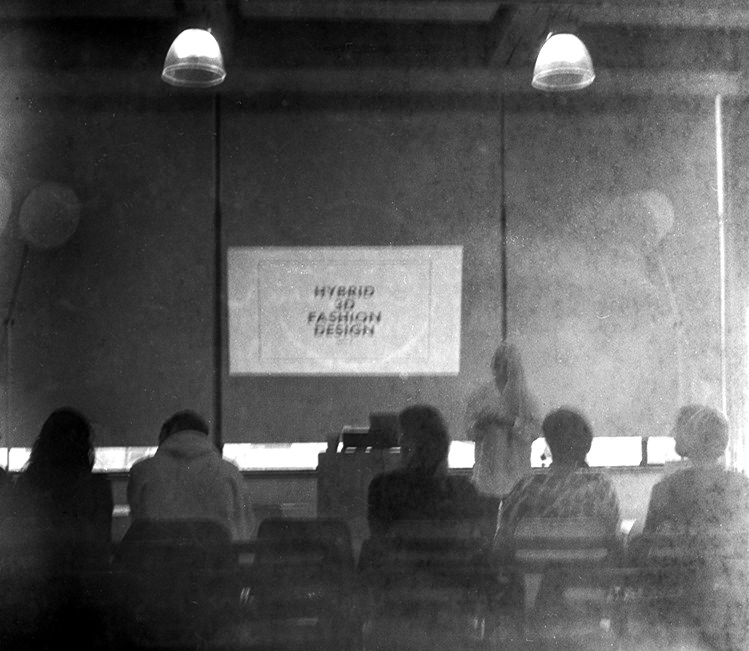Documentation Sprint 2
It is possible to say the second sprint of our project is divided to three parts, first we tried to answer the briefing questions; how can we use virtual simulation to make fashion design processes more sustainable? and how can virtual simulation help to extend the way of fashion presentation? second we were going to know more about the workflow in fashion industry and our client company and third we tried to find how to make a more realistic simulation of body shape and movements and fabric physical properties.
sustainable fashion (eco fashion) is trying to create a system to responsible more environment and it is not only about the materials but production processes and less time and energy usage and better connection between the activities are also important. new media and virtual technology can use in each part to improve them.
Fashion products presentation as well use wide-range of opportunities that offer by virtual possibilities such as internet applications, computer graphics, virtual simulation and etc.
To know how products produced in fashion industry we met José C. Olcina (teacher in Fashion & Management at Amsterdam Fashion Institute) and tried to define the general workflow, when they start collection creating how to present the productions for sell and when they start producing. Also we discussed with our client in Van de Velda to define their workflow.
During this sprint we did a lot of research, comparison analysis and character animation in Maya that is a complicated software so we decided to create a workflow to write done step by step, how to make a simple animation.
See the Sprint 2 Documentation








